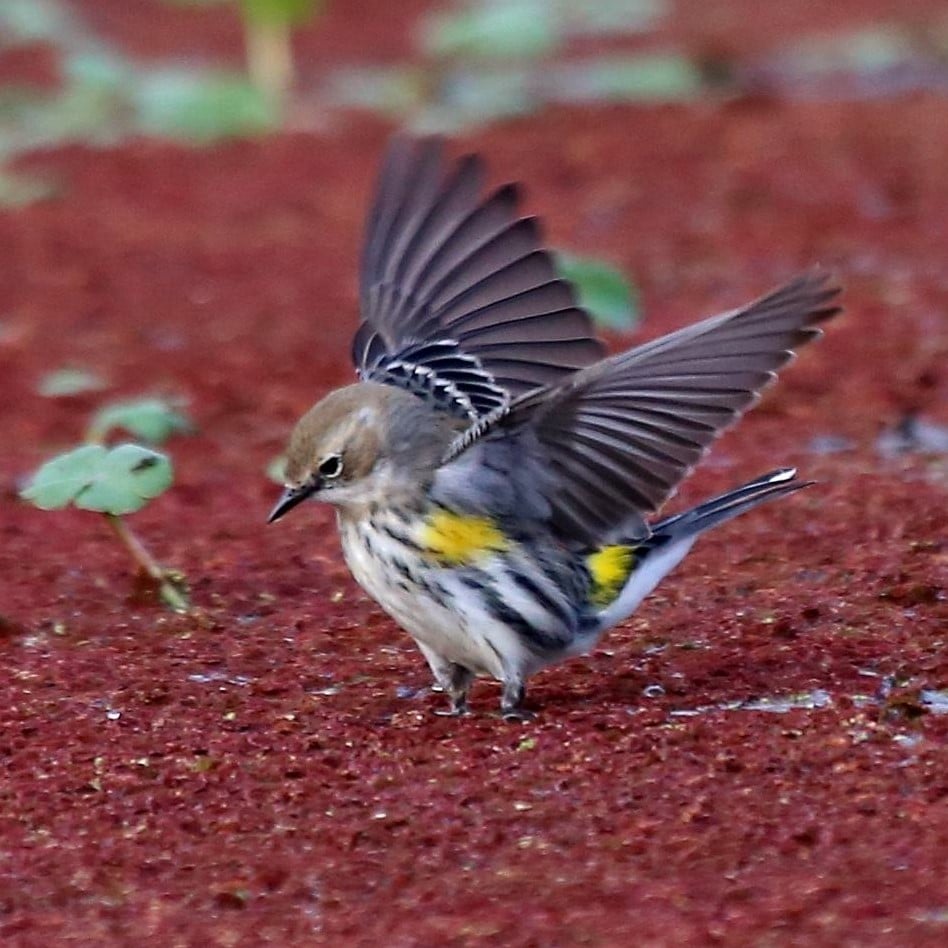The winter solstice marks the official beginning of winter (December 21 in 2020), at least for humans that have the mental capacity to contemplate such things. That date is the shortest day of the year in the northern hemisphere, but by then many plants and animals have already anticipated the change in season. For many birds, their travels to warmer climates began weeks before and most are on their wintering grounds before the solstice.

Yellow-rumps are one of the most common warblers in North America. They nest in the coniferous forests that stretch across Canada and Alaska. They head south in winter and forage in large flocks of up to 30 plus birds, feeding on the berries of Wax Myrtles, fruits of Yaupon Holly, and small insects. Butter-Butts typically do not come to bird feeders but will take sunflower seeds, meal worms, and suet.
This brings me to the main point of this story. Winter is a great time to learn about birds in your backyard by providing food and water for our winter guests, and resident birds that we see all year. This task is as simple as putting out seeds on the ground or in a small bowl. Birds are not proud as much as hungry when the temperatures drop, so the ground is okay with them.
- Consider these tips for feeding birds in winter and enjoy watching how many species you can attract.
Birdseed is easy to provide, but the mixed seed is not the best. Most birds will pick through the smaller seeds to get to the larger sunflower seeds anyway, so consider sunflower seeds only. - Suet provides an important source of fat content for birds in winter and attracts birds that do not feed on seeds. Store-bought cakes are fine, but homemade suet works as well (recipe below)
- Don’t forget to keep at least one nectar feeder up for the hummingbird species that migrate from the west coast in winter. If you see one, contact the Mississippi Coast Audubon Society to get someone to come by for an identification.
- And don’t forget a source of water. A simple shallow bowl (less than 1 inch deep) is all birds need.
And don’t forget to look for Butter-Butts. They are hard to miss and will put a smile on your face.
Hope to see you in our great outdoors!
Photos of Yellow-rumps courtesy of Larry Dees
Marvel Meal Suet – Mix together 3 parts cornmeal, 1 part flour, 1 part peanut butter, and 1 part lard (vegetable shortening). Place directly on the trunk of a tree or on a suet log feeder. Store unused suet in the refrigerator.